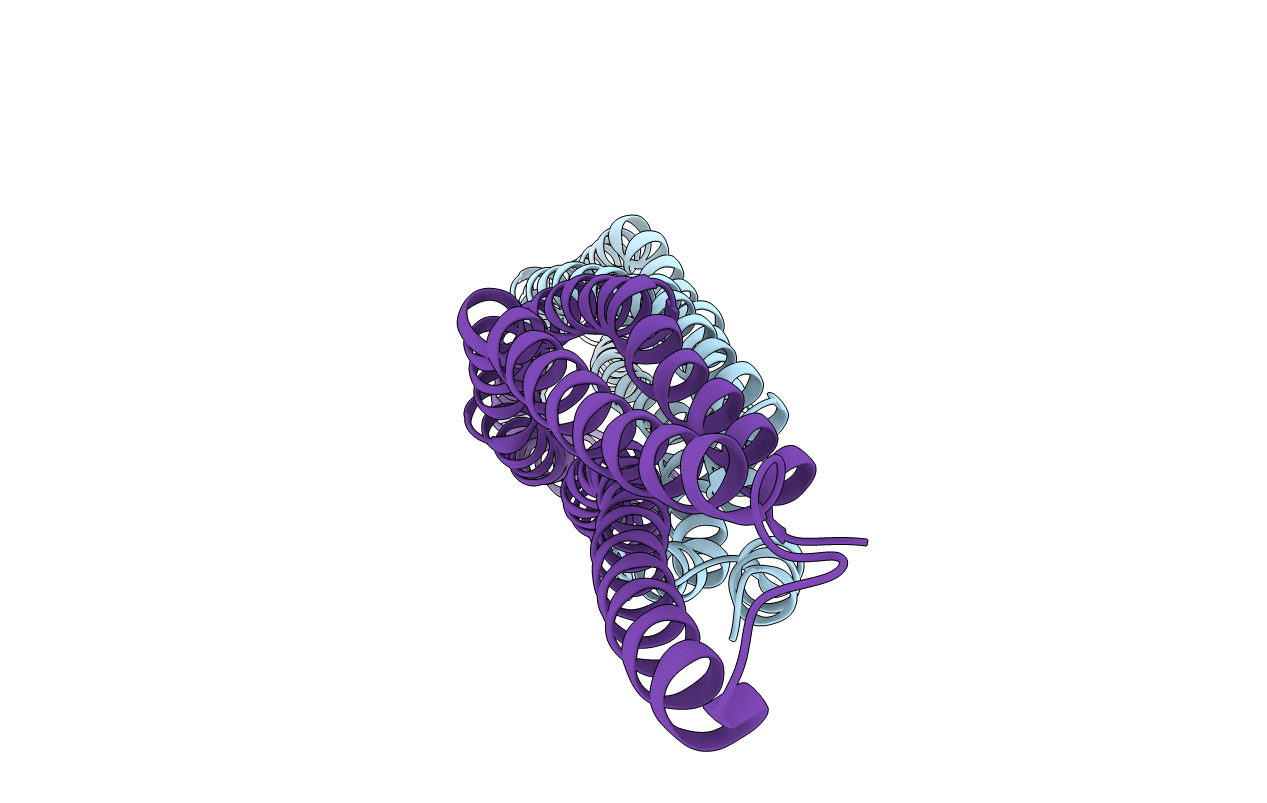
Deposition Date
2004-11-23
Release Date
2005-02-15
Last Version Date
2024-11-20
Method Details:
Experimental Method:
Resolution:
2.20 Å
R-Value Free:
0.26
R-Value Work:
0.22
R-Value Observed:
0.23
Space Group:
P 1 21 1


